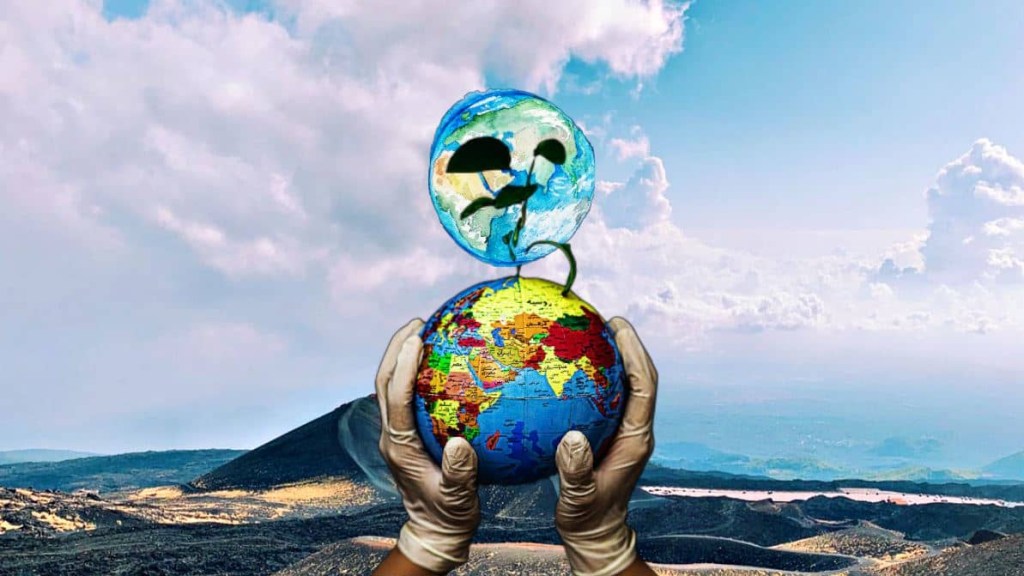The search for planets, stars, and life has led scientists to some strange discoveries in our universe, including planets orbiting other galaxies several light-years away.
There are things that are beyond our understanding and that defy our traditional laws of physics. Therefore, no matter how hard we try to understand and explain our vast universe, there will always be mysteries that have yet to be unraveled.
Next, we present a list of the strangest planets in the universe, according to a selection from the portal Curiosity guide:
‘Super Saturn’
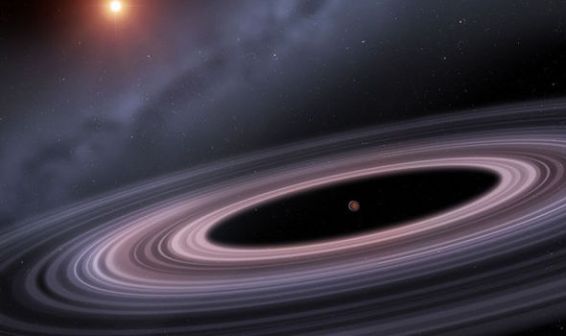
The celestial body is located 434 light-years away, has a mass about 40 times the size of Jupiter, and has 37 rings around it that span about 120 million kilometers, two hundred times the size of Saturn’s rings.
However, these rings may be moon formations, a process that has never been observed outside our solar system.
‘A planet that should not exist’

The giant planet is 650 times the distance from Earth to the sun and is 11 times the size of Jupiter.
However, the average temperature on the planet is 1500 degrees Celsius, despite its great distance from its host star. The planet is only 13 million years old – just a baby when the universe is considered to be over 14 billion years old – and it still puzzles scientists to this day.
‘The darkest planet’
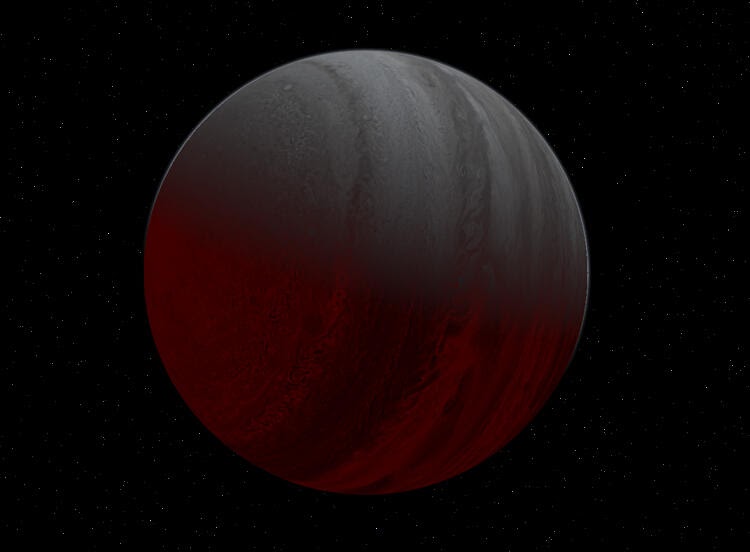
The gas giant known as TrES-2b, and it is the darkest planet ever found.
TrES-2b orbits a distance of only 3 million miles from its host star, but it is carbon black in color and reflects less than 1% of any light that hits it. The reflected light is faintly red, which gives the planet an evil red color.
‘Land of Diamonds’

About 40 light years from Earth, 55 Cancri e is twice the size of our planet, but almost 8 times as massive and twice as dense.
Due to the pressure and average maximum surface temperature of 4417 ° F (2400 ° C), this ‘super-Earth’ is believed to be covered in diamonds. It is so close to its parent star that it takes the planet only 18 hours to complete a full orbit.
‘Burning cold’
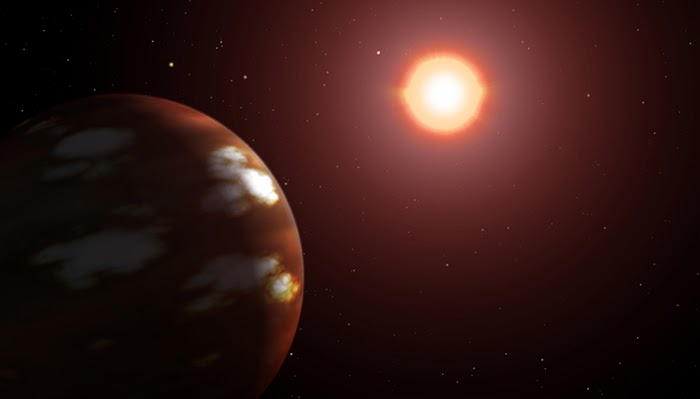
The Neptune-size Exoplanet Gliese 436 b has a small rocky core, followed by an icy exterior that takes up most of its size.
The icy surface of this planet burns at a temperature of 439 ° C (822 ° F). So how does the ice on its surface stay completely solid at 439 degrees above its melting point?. This is possible because gravity is so incredibly strong that it compresses the traces of water vapor in the planet’s atmosphere into solid ice and prevents it from melting, no matter how much it burns.
This peculiarity has earned it the nickname “planet of burning ice”.
‘Engulfed in flames’

This is because it orbits only 2.115 million miles from its host star: Earth orbits the sun at 44 times this distance.
As a result, it takes just over a day to orbit the star, compared to a year for Earth.
The smallest planet
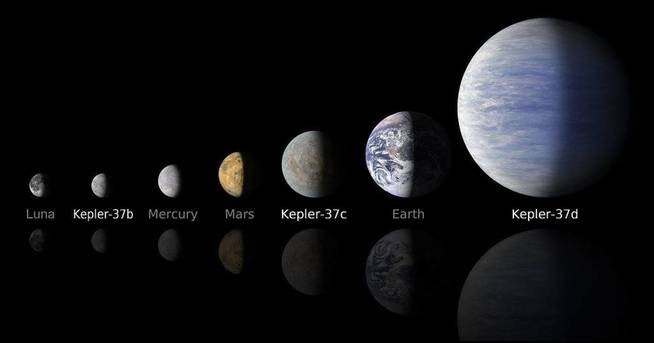
Called Kepler-37b, is about 210 light years from Earth and is slightly larger than the moon.
It is found in the “habitable zone” of the cosmos, that is to say, in one in which liquid water could exist, although since it does not have an atmosphere it does not have life “as we know it”.
Ruby and Sapphire Rain

HAT-P-7b is located in the constellation Cygnus, about 1000 light years from Earth.
On the night side of this exoplanet high precipitations of aluminum oxide (corundum) are found in the atmosphere. Because corundum gems are rubies and sapphires, the hypothetical climate on the night side of the planet can be described as a ‘ruby and sapphire shower’.
Alava planet
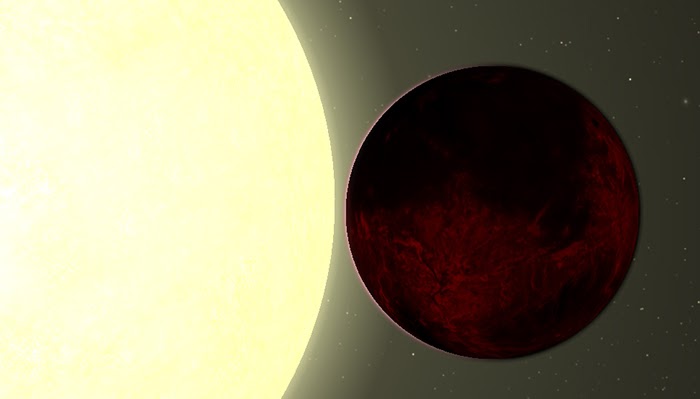
Kepler-78b is similar to our planet Earth. The strangest thing about this, however, is how close it is to its host star: it is only 550,000 miles (885,139 kilometers) away. It is 40 times closer to its star than Mercury is to the Sun and its temperature is estimated to be around 2030 ° C (3680 ° F).
According to Francesco Pepe, one of the astronomers involved in the discovery, the planet may be the size of Earth, but “it can be imagined as a lava planet rather than an Earth-like planet.”
Almost as Old as the Universe
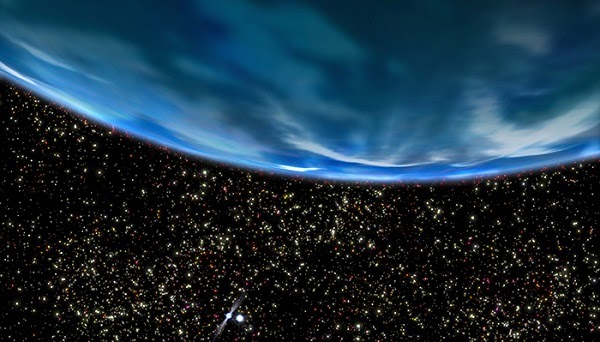
It is as old as a planet can be. It formed around a young sun-like star just a billion years after the birth of our universe in the Big Bang.
RELATED POSTS:
